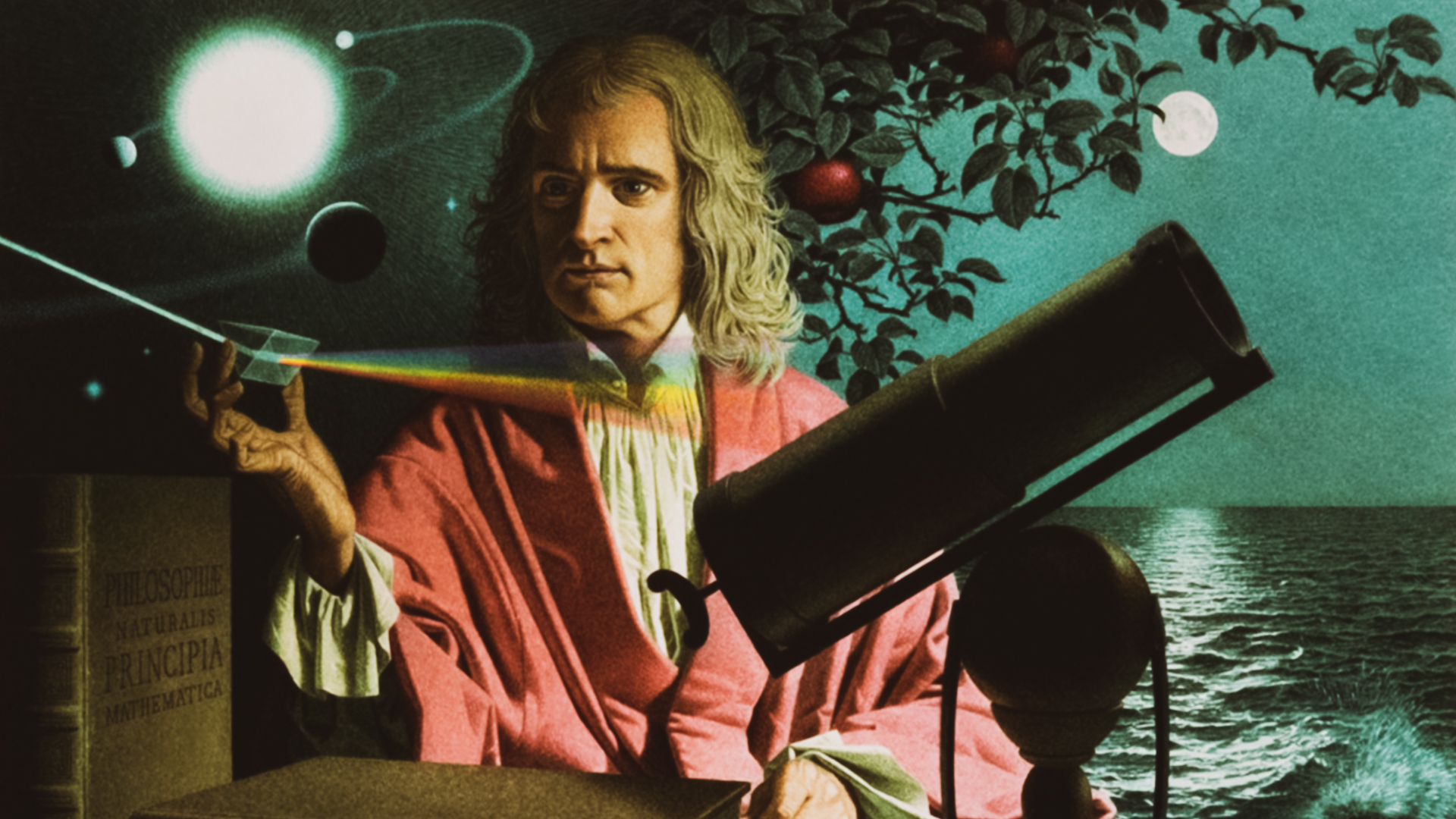
Newton’s Apple
11.03.2022
Legend has it that Isaac Newton formulated gravitational theory in 1665 or 1666 after watching an apple fall and asking why the apple fell straight down, rather than sideways or even upward.
Newton was born two to three months prematurely on January 4, 1643, in Lincolnshire, England. A practical child, he enjoyed constructing models, including a tiny mill that actually ground flour—powered by a mouse running in a wheel.
Admitted to the University of Cambridge on 1661, Newton at first failed to shine as a student. In 1665, the school temporarily closed because of the bubonic plague, a disease that killed more than 100,000 people in London in that period. As a result, Newton went back home to Lincolnshire for two years.
It was around that time that the apple-falling brainstorm occurred. Newton then returned to Cambridge in 1667, and served as a mathematics professor until 1696.
The story of the apple falling inspiring Newton is a scientific legend, but there are many truths in it. We know he was constantly inspired by the natural world around him. This caused him to question, explore and experiment. Later in life, Newton himself told the story to his biographers, both William Stukeley and John Conduitt, and they recorded it in their writings.
There’s no evidence to suggest the fruit actually landed on his head, but Newton’s observation caused him to ponder why apples always fall straight to the ground (rather than sideways or upward) and helped inspired him to eventually develop his law of universal gravitation in 1687.
Decoding gravity was only part of Newton’s contribution to mathematics and science. His other major mathematical preoccupation was calculus, and along with German mathematician Gottfried Leibniz, Newton developed differentiation and integration—techniques that remain fundamental to mathematicians and scientists.
In 1727, at 84, Sir Isaac Newton died in his sleep and was buried with pomp and ceremony in Westminster Abbey in London.

